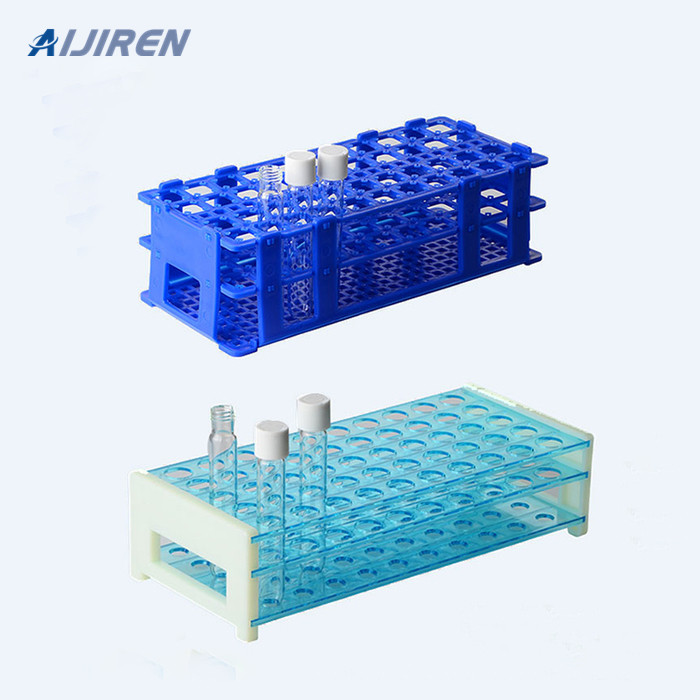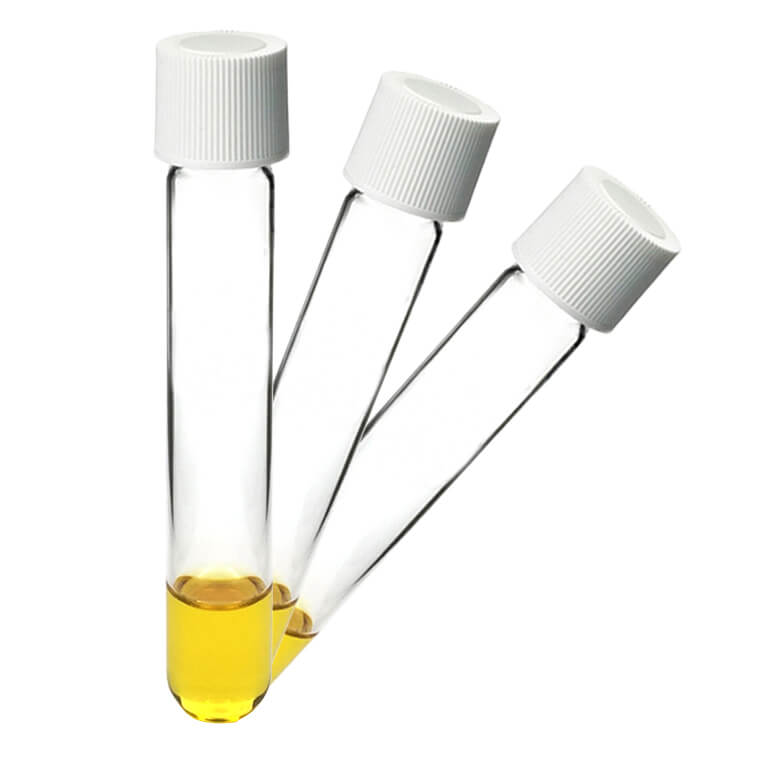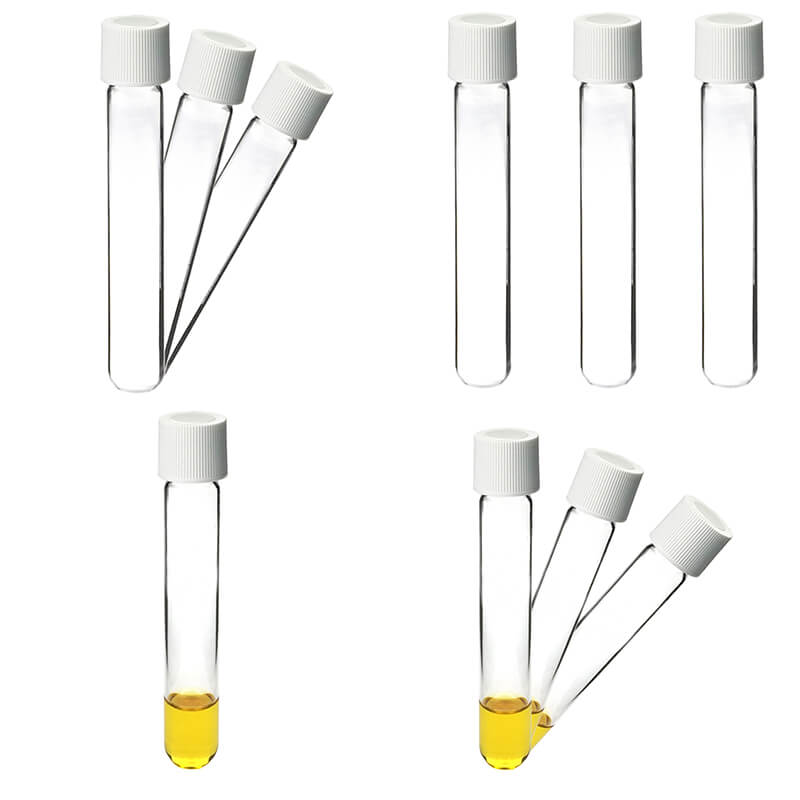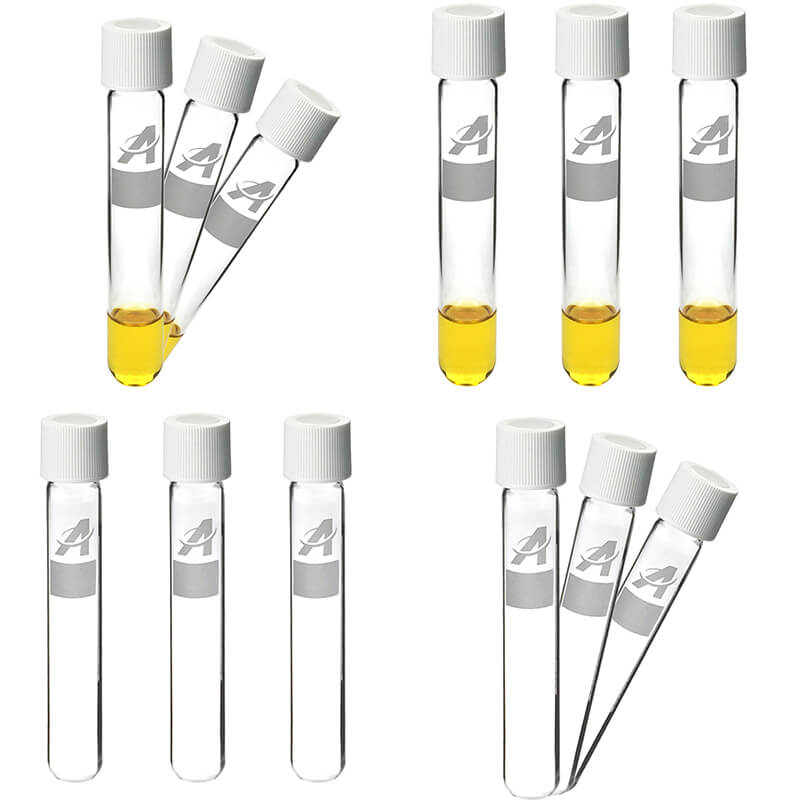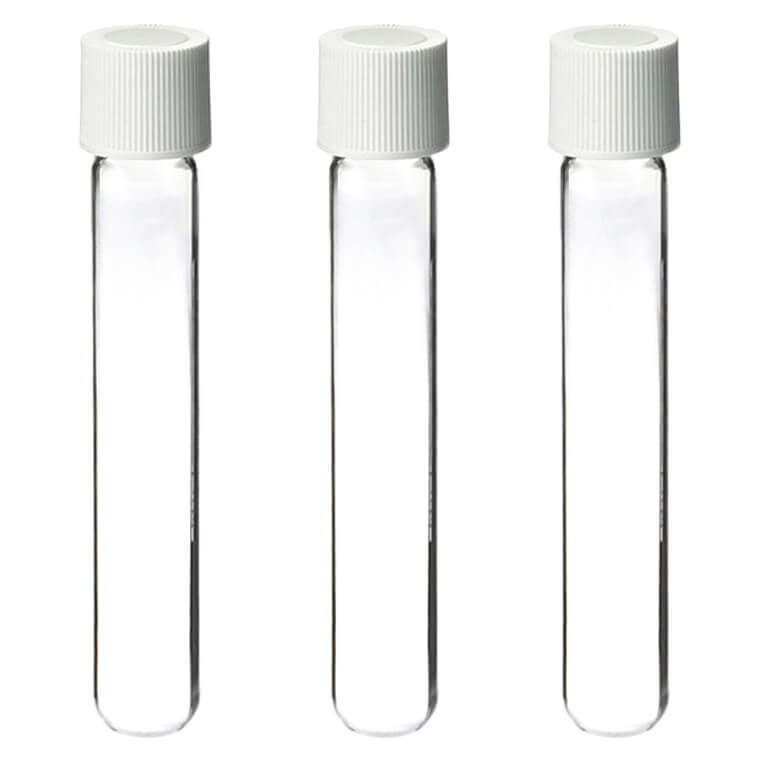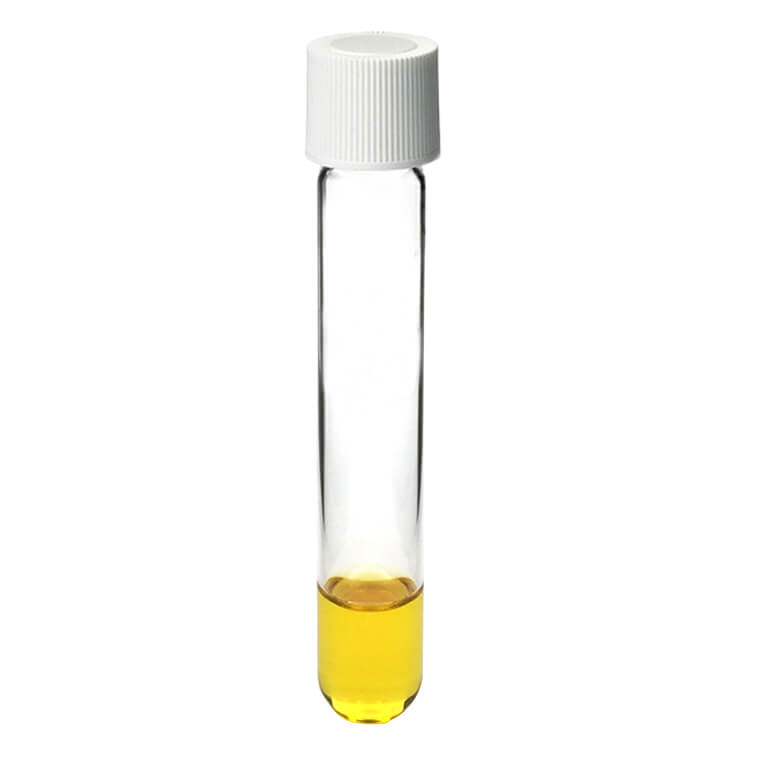Water used for processing fish, washing fish or making ice is supposed to meet drinking water standards if it is to be considered safe. Reason: contaminated water is the main cause for pathogen-loading of fish, posing a serious health hazard to its consumer. WHO has issued guidelines for drinking water quality, a report in three volumes. Vol. 1 deals with guideline values, Vol. 2 deals with each contaminant and Vol. 3 gives information on how to handle water supplies in small rural communities. WHO recognizes that very stringent standards cannot be used universally and so a range of guideline values for more than 60 parameters have been elaborated. Most nations have their own guidelines or standards. The control exerted by local regulatory authorities may differ from place to place depending on the local situation. So how can acceptable water quality be defined? What can the harbour-master do to ensure quality? Ensuring the quality of the harbour basin when it is contiguous with est See full list on fao.org While the details of sampling, testing and analysis are beyond the scope of this handbook, what follows is a general description of the significance of water quality tests usually made. Testing procedures and parameters may be grouped into physical, chemical, bacteriological and microscopic categories. See full list on fao.org A harbour master's knowledge of the state of the environment in and around the fishing harbour goes a long way toward preventing outbreaks of contamination or disease with subsequent loss of resources and income. This is particularly so for the many small-to-medium fishing ports scattered around coastlines in developing countries, where, more often than not, environmental help and support from central bodies is meagre and very time-consuming. The following is a true-life example of an investigative analysis carried out in an ASEAN country in a harbour that was experiencing problems with hygiene (coliform contaminated fish). See full list on fao.org Treatment of raw water to produce water of potable quality can be expensive. It is advisable to determine the quantity of water needing treatment, asnot all water used in a fishery harbour or processing plant needs to be of potable quality. Sizing of the equipment is crucial to produce acceptable water at reasonable cost. The main point to remember is that separate systems and pipelines are required for potable and non-potable water to avoid cross contamination. Each system must be clearly identified by contrasting coloured pipelines. Water used for drinking, cleaning fish and ice-making must be free from pathogenic bacteria and may require secondary treatment or even complete treatment depending on chemical elements that need to be removed. Water for other needs like general cleaning may perhaps need only primary treatment. See full list on fao.org
Get Price >>
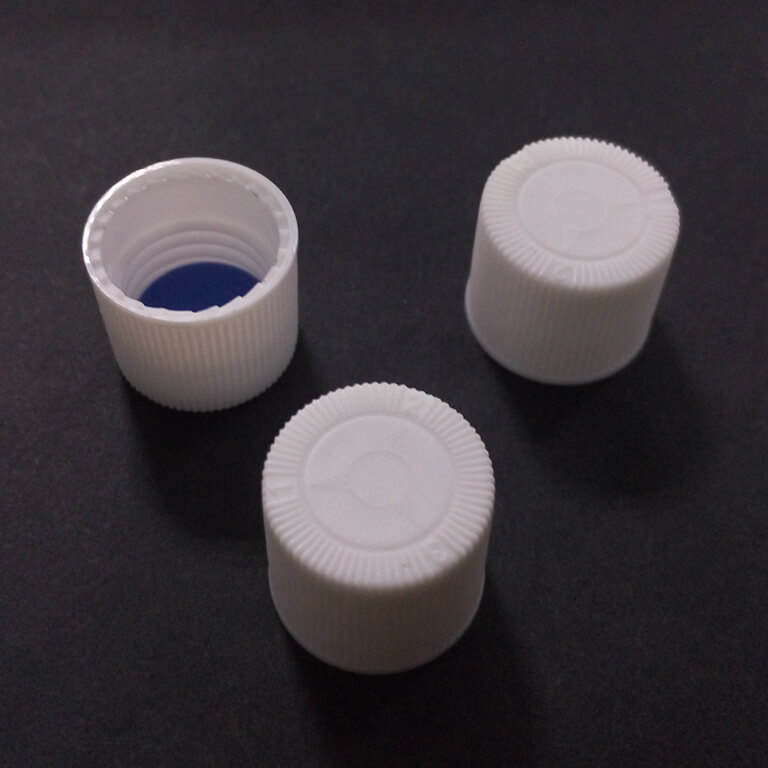
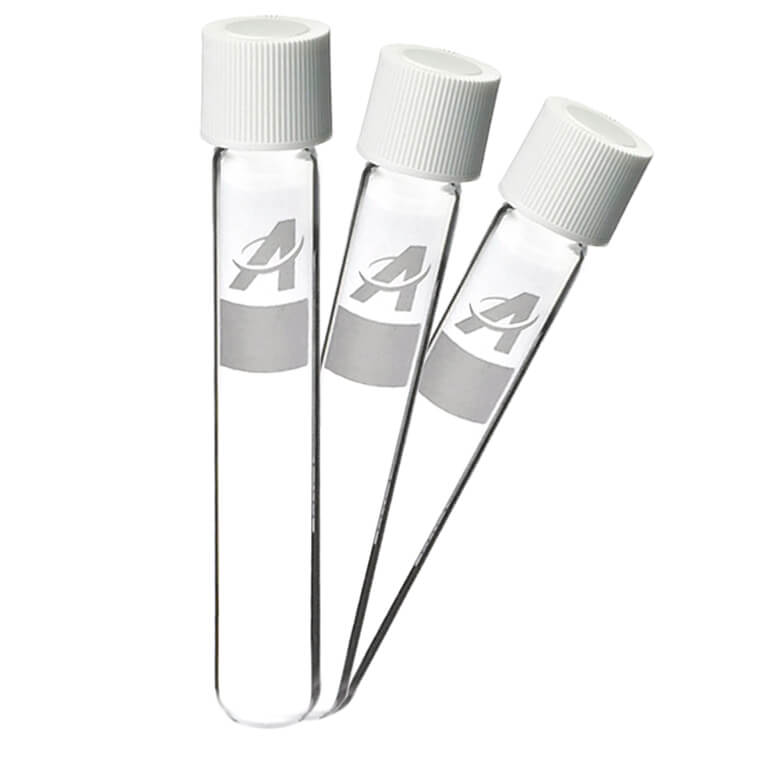

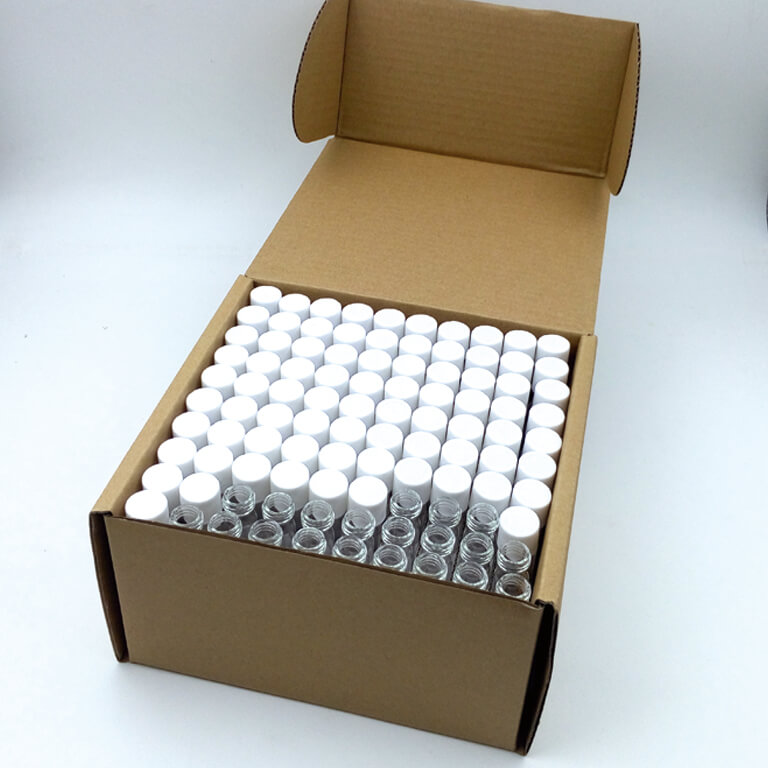

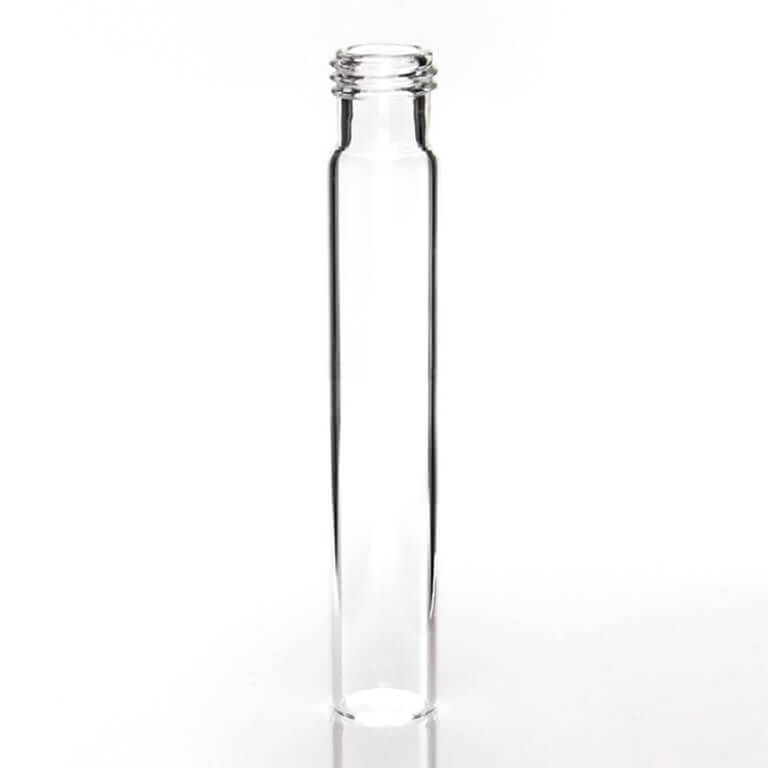

.jpg)
